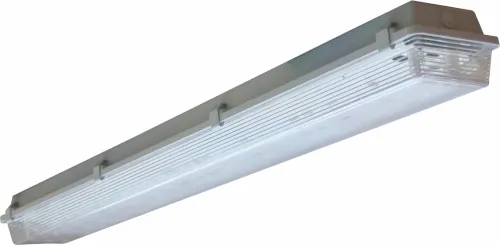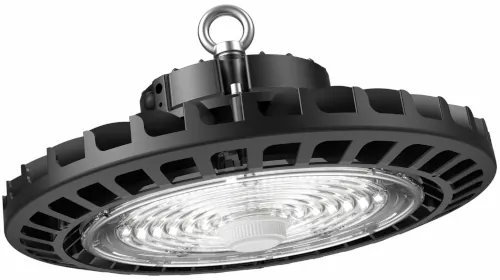Photometry refers to the science of measuring light and its properties, such as its intensity, distribution, and colour. In the context of lighting design, photometry is used to determine the amount and distribution of light produced by a lighting fixture, and how it will impact the surrounding environment. This information is used to create lighting systems that are energy-efficient, visually appealing, and meet specific requirements such as safety and visibility standards.
A photometric lighting design is essential for any industrial plant that wants to ensure maximum efficiency and safety. With a photometric lighting design, the level and distribution of light can be precisely tailored to the specific needs of the industrial plant. Typically, an optimised lighting design will include a provision for lumen losses over a forecast period to ensure that the placement of luminaires in a facility are designed to meet all regulated standards and an effective operating environment over an extended forecast period in order to ensure sustainability of a lighting project.
A well-planned lighting design involves considering factors such as energy efficiency, maintenance, and cost. This will result in a lighting system which provides adequate illumination for workers and machinery, minimize shadows and glare, and improve overall productivity while optimising on the CAPEX and future maintenance costs.
Additionally, a photometric lighting design can enhance the overall aesthetic of the plant and create a more comfortable working environment. For any industrial plant looking to maximize efficiency and safety, a photometric lighting design is an essential part of the process.
Nordlands team of accredited IESSA lighting designers can assist you with all types of design work.






